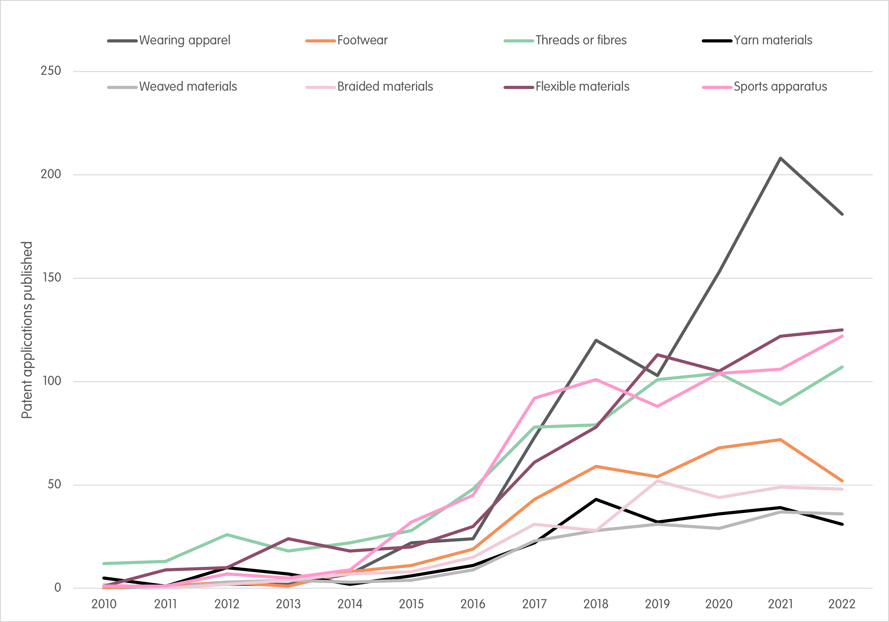Earlier this year, Novak Djokovic broke the men’s tennis record for the most Grand Slam tournament wins with victory at the French Open. Djokovic achieved this feat using what appeared to be a Head Graphene 360+ Speed Pro racquet.
But all was not as it seemed. Djokovic was actually using his preferred Head PT113B racquet, which isn’t sold on the mass market, painted to look like the Speed Pro, which is readily available for retail. Head were performing a clever marketing illusion to make sure Djokovic showed off the racquet they were more interested in advertising to the public.
What the two racquets do at least have in common is graphene. Head have been early adopters of graphene in their sporting goods and have been including the wonder material into the frame of some of their racquets from as early as 2013. Taking advantage of the unique mechanical properties of graphene, Head have used it to improve mass distribution and reduce structural deformation of their racquets.
Since then, the sporting goods industry has quickly realised the exciting potential graphene has for enhancing the properties of a wide range of apparel and equipment.
To demonstrate this, we investigated the number of patent applications published each year in the fields of sports apparatus and apparel that mention graphene. Looking at the number of patent publications is a valuable tool for gaining an early insight into the amount of innovation in a particular field.

Our data reveal an explosion in the rate of applications being published each year across all surveyed categories. Starting from about 2014/15, the number of applications which have been published each year has surged dramatically, from mere 10s to 100s each year.
It is interesting to compare these results with our previous report looking at the number of publications in the major areas of graphene adoption: construction, composites, energy storage and electronics. While those fields also show steep rises from around 2015, they appear to have peaked in recent years. The number of publications related to graphene apparatus and apparel is lower than in these principal use areas of graphene. However they have maintained a strong upwards trajectory, reflecting their status as an emerging and rapidly developing field of graphene application.
This revolution is being spearheaded by companies like Graphene-X, who have recently released their “Everything Proof” clothing series. The outerwear apparel range makes use of Graphene-X’s GRAPHTOUGH™ technology, which uses graphene-integrated nylon to form an impermeable barrier that provides the garments with exceptional waterproofing and abrasion resistance. The result is a material which provides versatile protection across a range of different climates.
Reliance Industries have, for their part, launched a graphene enabled fabrics brand known as HEXaREL™. Currently focused on performance sportswear goods, HEXaREL promises to expand into the athleisure and workwear markets. The brand’s technology exploits the viricidal, bactericidal and fungicidal properties of graphene to reduce the risk of odour and infection from their clothing. The apparel range also takes advantage of the extraordinary electrical conductivity of graphene to prevent electric shocks from static electricity, which is particularly troublesome in polyester garments.
It isn’t only new companies that are pressing forward with functional graphene-enhanced clothing. German polyester manufacturer Trevira, who have been manufacturing polyesters for over 75 years, have partnered with the University of Cambridge and the Finnish research centre VTT to produce a lightweight, electrically conductive yarn incorporating graphene.
Outlook
The future is bright for the graphene-enhanced sporting goods industry. New innovators continue to demonstrate that graphene can be used to enhance several properties of textiles, often all at once, to produce multifunctional garments that excel in everyday use as well as in extreme environments.
Currently, many graphene-enhanced sporting goods are priced to meet demand at the professional or upper-amateur level. As the quality and cost of graphene continue to become more favourable to manufacturers, we can expect to see a continued shift to the larger mid-range market. Movement in this direction has already begun, with sporting apparel giants Umbro and Reebok having recently released more affordable ranges of graphene-enhanced sportswear.
It might not be long before we are all making the most of graphene when we go for a run, visit the gym, or play a game of tennis.
Data was collected from Espacenet Advanced Search. Measured categories correspond to the IPC3 classifications A41 (wearing apparel); A43 (footwear); D01 (threads or fibres); D02 (yarn materials); D03 (weaved materials); D04 (braided materials); D06 (flexible materials and textile treatment); and A63 (sports and games apparatus).
Results were restricted to hits in a given year that mention graphene and at least one of the following terms: sport; sports; sportswear; exercise; exercising; training; gym; gymnasium; gymwear; athletics; tennis; golf; football; soccer; cricket; hockey; volleyball; basketball; baseball; rugby; running; fishing; snooker; ski; skiing.
Featured in Materials World
David Brooks and Matthew Smith also discussed this topic in the July/August issue of Materials World, published by The Institute of Materials, Minerals, & Mining.
Access the article (subscription required) here.
David is a qualified UK and European Patent Attorney working in the area of chemistry. His areas of expertise include inorganic and organic synthesis, advanced inorganic materials, luminescent materials, gas storage and separation technologies, two-dimensional materials, including graphene, and synthesis and characterisation of crystalline materials.
Email: david.brooks@mewburn.com

-1.png)
